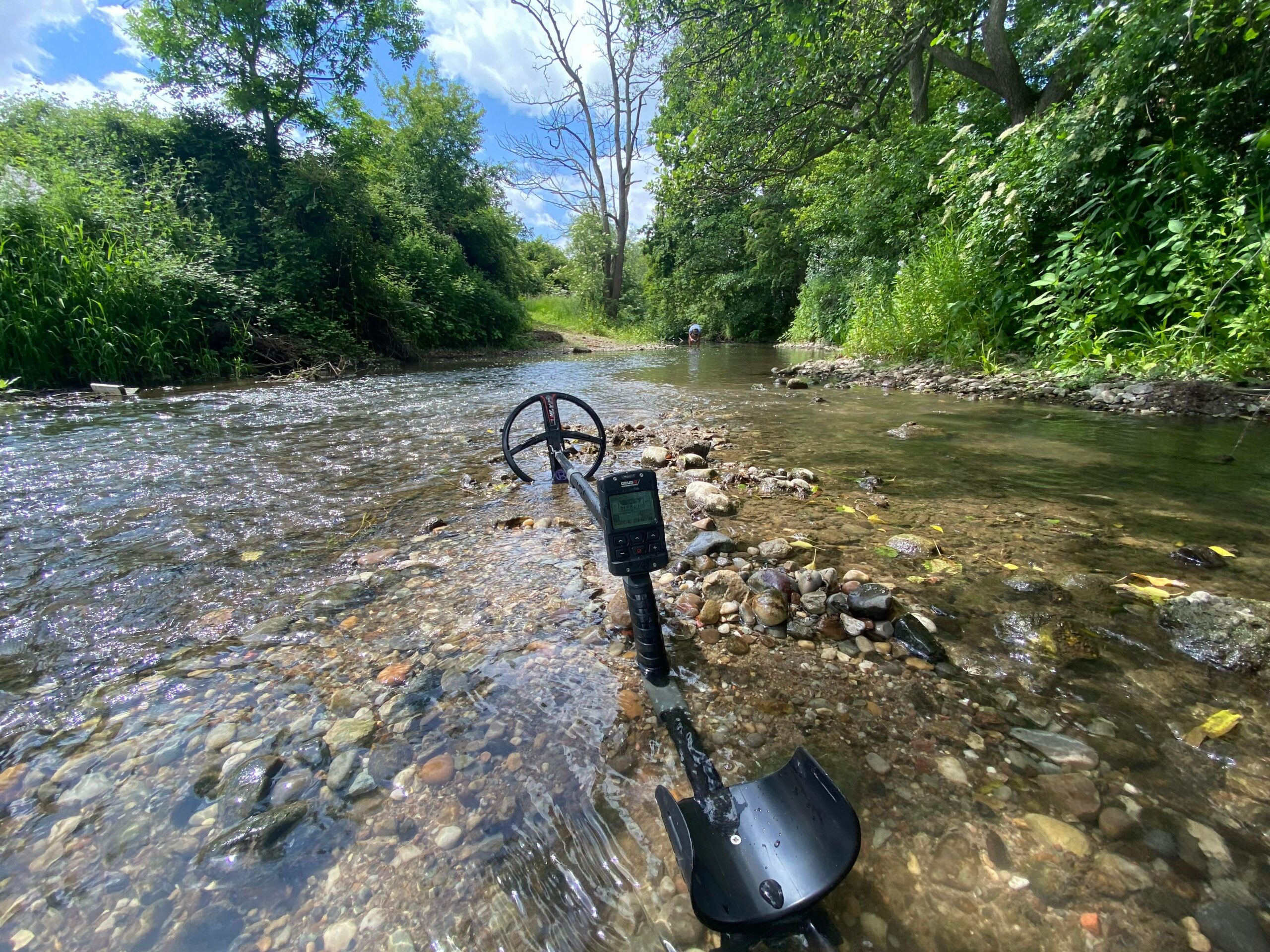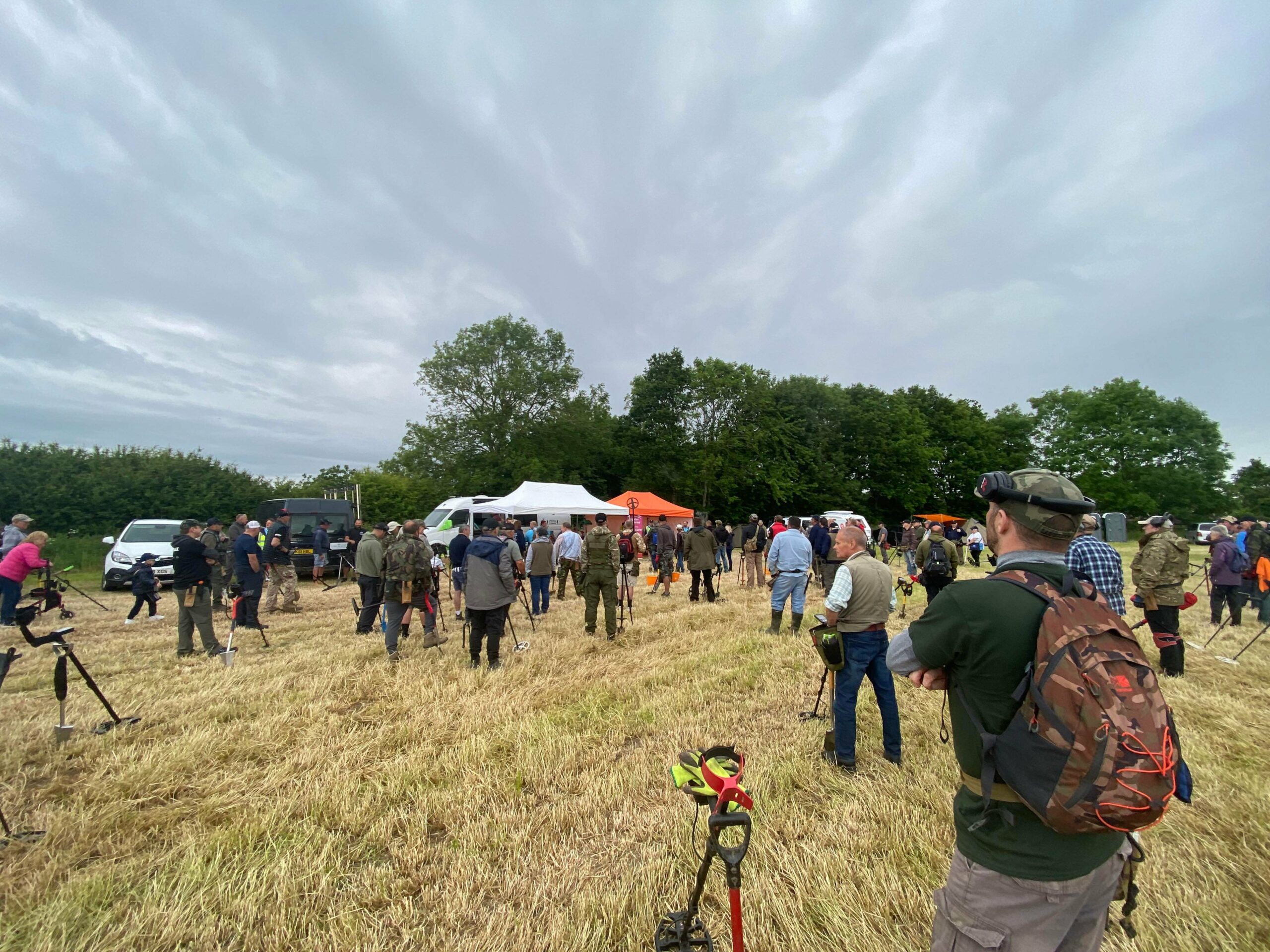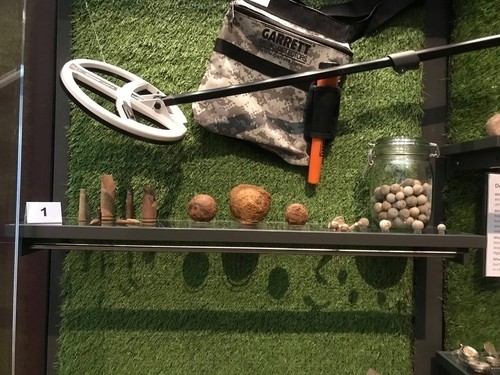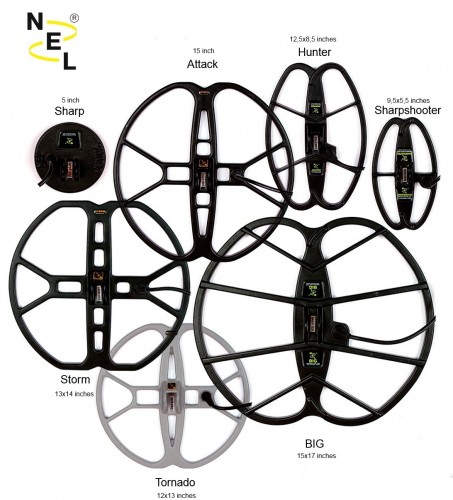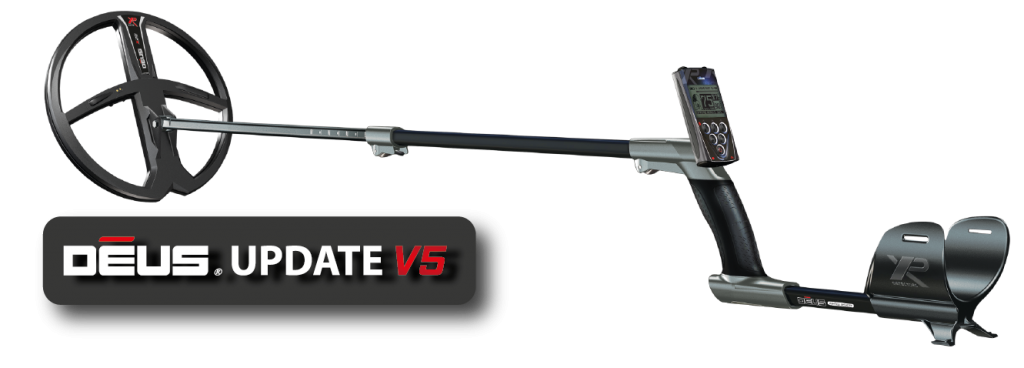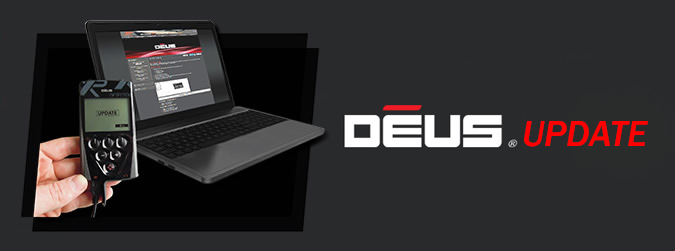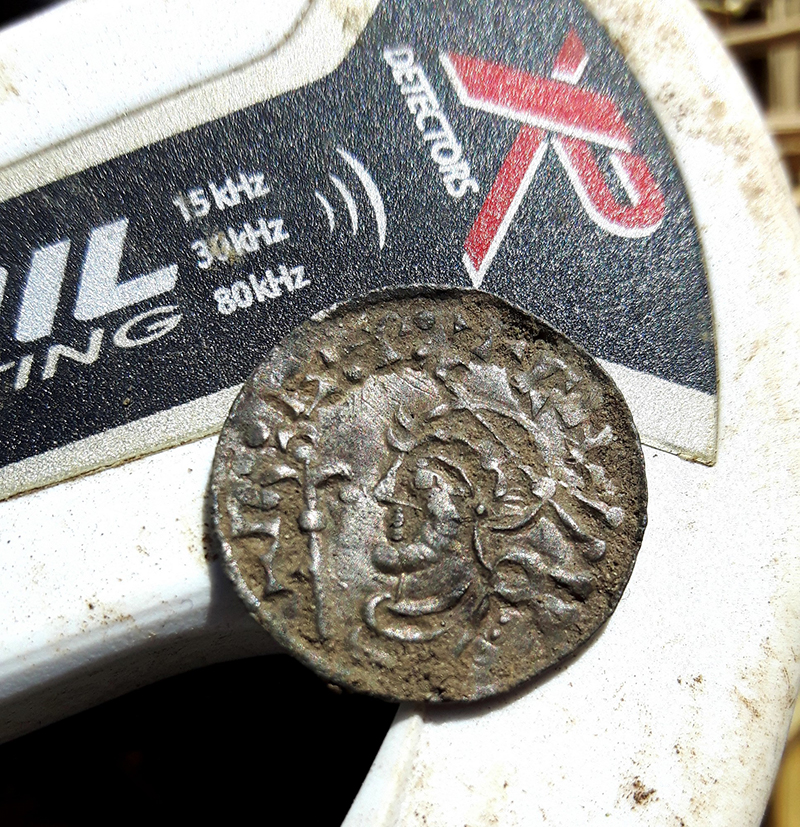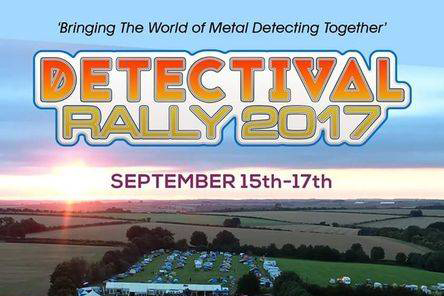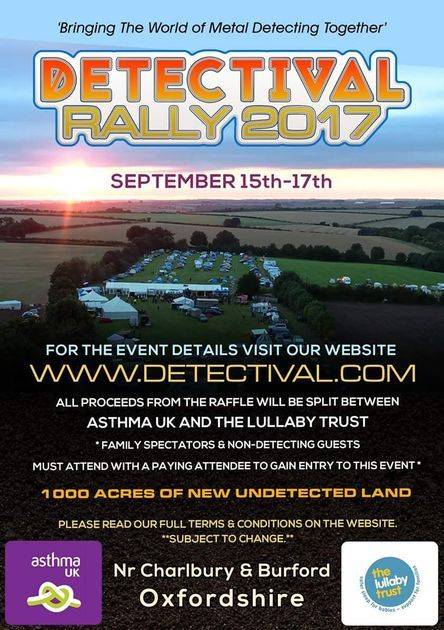By Aaron Reynolds
I must admit, I was a latecomer to this weekender rally, arriving on Sunday morning for a day of detecting. It was great to see everyone recovering from the night before, huddled around the fire pit with cheeseburgers, sausage sandwiches and a tea or coffee prepared by Heart of England’s master chef, Mr Sid Perry. It was a gentle start to the day, sipping a coffee and watching everyone slowly leave their tents and camper vans.
Today, I planned to do something I had never done before; River detecting. After several years in the hobby, I have never had the opportunity to try detecting in flowing water. I’m all up for trying something new. Heart of England had a lovely cut of the river Alne, with permissions for both sides for quite a distance. A small group of us wanted to hit the river, so we all headed off together towards it after a brew and a chat to start the day.
Now, here for my big mistake. I had realised in the car while on the way to the rally that I had forgotten to bring my waveguide, which was essential for the machine I was using to work underwater. The waveguide is a passive antenna which clips to the wireless coils of the Deus, ORX and Deus II, and wraps up the stem (like a standard coil wire) to the remote control, where (in the case of the Deus II) it will fit onto two small notches on the control box to pass the signal from the coil to the Remote without losing the signal from the coil (the coils are fully waterproof, but are not able to pass the signal through more than about 2-3 inches of water). I’ll explain how I could still detect in the water a little later.
Getting to the water’s edge, one by one we set up our machines and took the first brave step into the stream. As always with cold water, after the initial shock, it soon warms up and becomes much more tolerable until you barely register the cold at all. We also benefited from a sunny day, with the light coming through the canopy and warming the water a little more. I managed to detect without the waveguide by combing over the more shallow areas at the banks and for the deeper areas by skimming only slightly under the surface of the water, not deep enough so the signal couldn’t get through but deep enough to reliably register signals. At the banks, the water level was only ankle deep, while at the centre, it was up to my knees. Even skimming the water with the coil, I could reliably locate targets in the deeper areas, but digging them out is the hard part.
Pinpointing isn’t easy in rivers, as I have learned firsthand. I have a new height of respect for those who primarily detect rivers or streams, as finding the target with your coil is the easy part. Actually, recovering the item is a different challenge altogether. There is also a lot of ferrous metal that builds up, sometimes masking targets or making pinpointing much harder, as pinpointers don’t discriminate. If it’s metal, it will be setting off your pinpointer, so you may be chasing the wrong item entirely that your main detector discriminated against. That’s not to mention if it’s buried in all the stones and silt at the bottom, which is very difficult digging. Let me tell you, field detecting is much easier than river/stream detecting.
Going along the banks, I had a few pieces of aluminium, a small, tapered piece of lead and the top of a glass bottle, unfortunately modern. Despite this, many of my fellow diggers were in luck, with an interesting large token found, a couple of modern coins and a plaque of some kind featuring the crystal palace found by Peter Pesti. This was an interesting plaque initially resigned as rubbish but turning it over brought the wonderful decoration to light. It was a bit damaged with a corner missing and some dents and the usual wear you would expect from sitting in a flowing river for however many years. Strangely enough, the corner piece of it was found a few hours later by Shaun Murton. I’m not sure about the identification yet, but an interesting find either way.
After a couple hours of wading around in the water, I decided it was time to have some food and dry off. I detected most of the way back to the car but didn’t pull anything worth noting up, unfortunately. After a drink and drying off, I intended to go out on the pasture again. Still, I got stuck in conversations with other diggers, sharing stories and having a laugh. The next time I checked my watch, it was already 4pm, and I had a long way back to travel home, so I packed up my equipment and got ready to go.
Heart of England are a great group to go detecting within the midlands, run by Phil and his trusted admin team. They are always very friendly and willing to go the extra mile to help people out. Several times I have seen either Phil or Sid going through machines with people, whether they are newcomers to the hobby or seasoned veterans unfamiliar with a new machine. If you are looking for a friendly, bubbly and enthusiastic club to go digging with, I’d recommend them highly. They are passionate about recovering relics of the past and learning more about the history of the Heart of England.
Groats, half-crowns, Roman coins and many more awesome finds made their way to the surface and in lucky finders’ hands, so overall, it was a great dig. Sometimes it’s okay to go home with nothing special and still be happy that you had a great day out and saw some rarer finds. My highlight was trying river detecting for the first time, and now I have a newfound passion for wanting to try the more extreme side of river detecting; being submerged and scanning the riverbeds with both my coil and eyes. I thoroughly enjoyed my first time (even though I forgot some equipment which would make it easier) and will be aiming to search riverbeds again soon.
